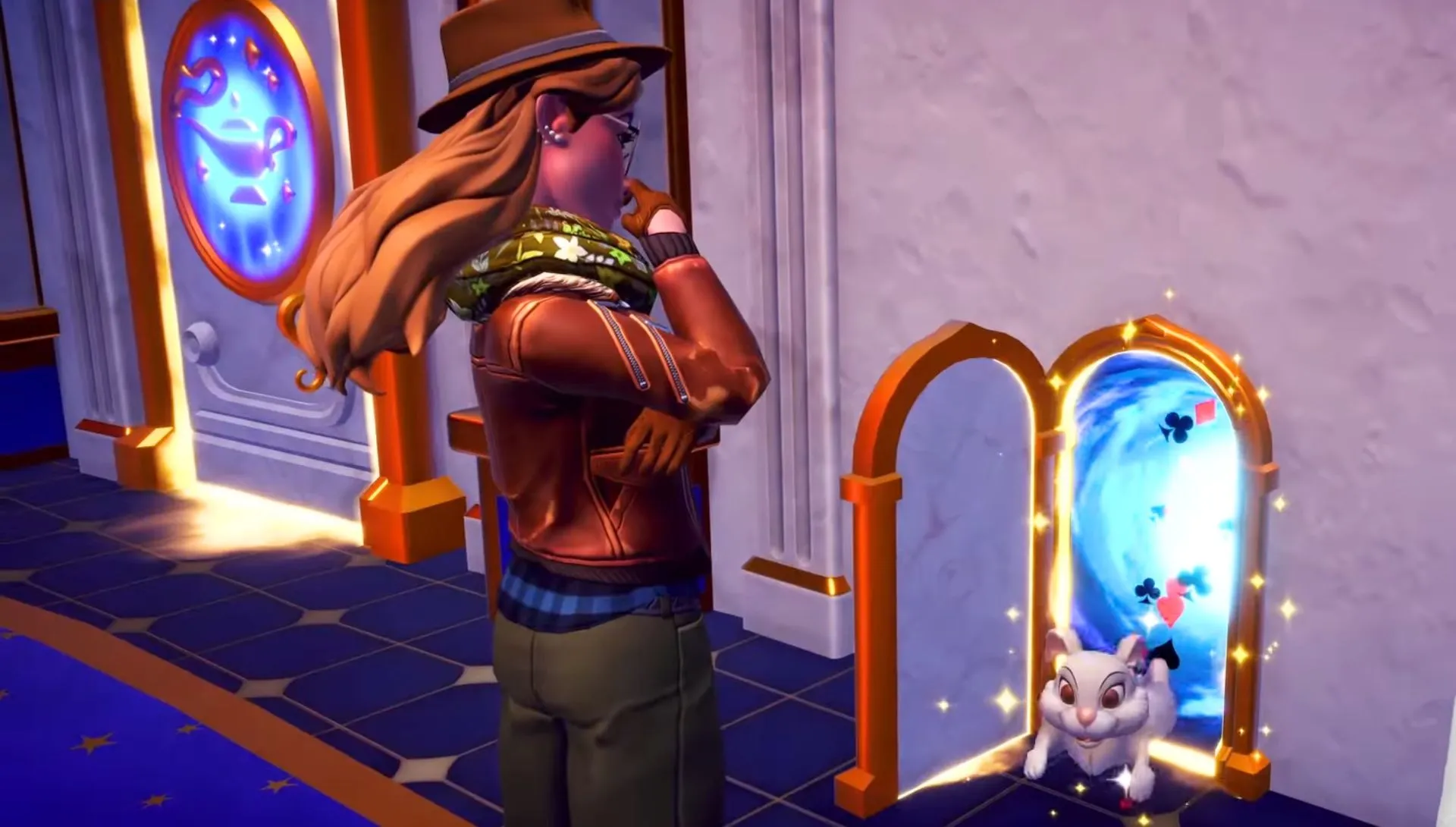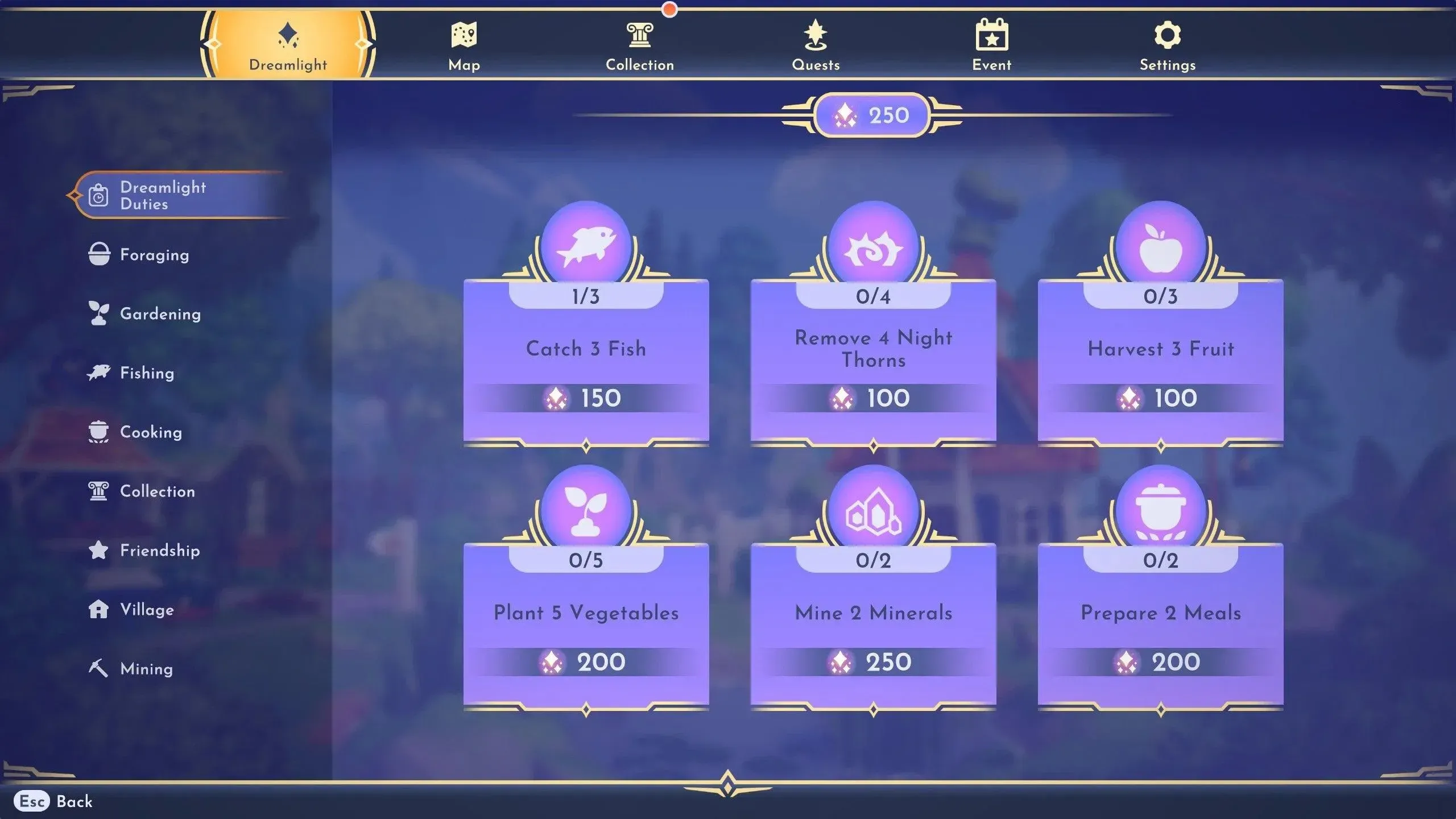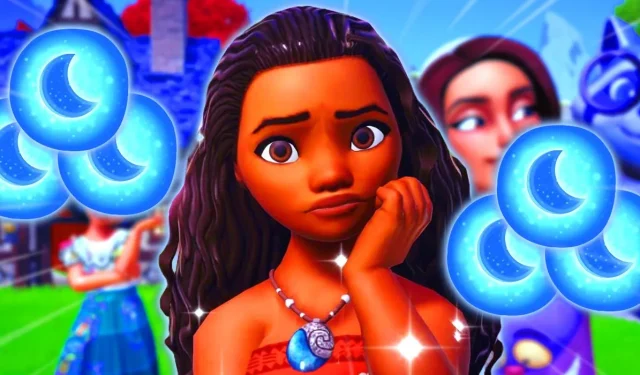Initially conceived as a free-to-play title, Disney Dreamlight Valley was expected to feature typical elements associated with that model, including distinct currencies, a premium shop, and optional microtransactions. However, during its early access phase, the developers announced a shift in plan: the game would no longer be free-to-play. Instead, players could purchase the game, which would offer a comprehensive story along with regular free updates and future paid expansions.
Despite this pivot, Disney Dreamlight Valley retains many elements designed for a free-to-play experience, particularly its multi-tiered currency system. While updates largely remain free, they necessitate acquisition of the in-game currency—Dreamlight—which can be a grind to earn, often causing frustration for players looking to advance.
Dreamlight Shortage in Disney Dreamlight Valley
Dreamlight Running Low: Too Many Expenses, Not Enough Income

During its early access period, the primary use for Dreamlight was unlocking a handful of Biomes within the game. Although the process was still somewhat tedious, the limited number of unlockable items helped manage expectations. Once all the biomes were accessible, accumulating Dreamlight became easier through the completion of daily tasks, and players had little else to spend it on besides crafting recipes that required around 100 Dreamlight.
However, while additional realms have been introduced, the costs associated with unlocking them have surged. Initially, launching a new realm required just 3,000 Dreamlight, but recent additions now demand as much as 15,000 Dreamlight. This price hike is notable, especially as less Dreamlight is earned through activities compared to the increasing number of spendable items.
Notably, Mulan’s realm was the first added without a price increase, followed by Aladdin’s realm. This raises speculation that the current 15,000 Dreamlight price may be a new standard—though the anticipated addition of Alice in Wonderland could clarify if this is a permanent change.
With every update, players face new ways to spend Dreamlight without corresponding increases in earnings. For instance, features like the Floating Islands and additional crafting recipes also demand significant Dreamlight. The ongoing depletion of this currency has led to a growing anxiety surrounding updates, as they often entail hours of grinding to amass enough resources ahead of time.
Star Coins: The Simpler Currency to Accumulate
Star Coins: Abundant but Lacking Significance
For newcomers, Star Coins—the primary currency—may initially appear scarce. However, once players gain access to key biomes and crops, they discover that it is relatively easy to gather. By selling off unnecessary items and cultivating crops that yield both friendship points and additional harvests, players can amplify their Star Coin totals dramatically, transforming 1,000 Star Coins into 1,000,000 in less than a day.
Contrarily, accumulating Dreamlight demands completing tasks, with typical rewards hovering between 50 to 250 Dreamlight per duty. Such meager returns against the rising costs of features make it quite a challenge to build up a substantial reserve, particularly when updates frequently require Dreamlight spending. While players can convert Dream Shards into Dreamlight, the exchange rate is unfavorable, making Dream Shards a rare and valuable resource for quests.
Addressing the Currency Dilemma in Disney Dreamlight Valley
Solutions for Enhancing Dreamlight Acquisition

As the Dreamlight shortage becomes increasingly problematic, developers could implement several straightforward solutions. Introducing new methods to earn Dreamlight or increasing base rewards for task completion could alleviate some issues. Another interesting proposal is the implementation of an ATM-like feature, similar to mechanics found in Animal Crossing: New Horizons, where players could exchange Star Coins for Dreamlight vouchers.
Interestingly, the expansions already incorporate a form of currency accumulation, introducing variants like Mist in A Rift in Time and Storybook Magic in The Storybook Vale. Unfortunately, these currencies only add complexity, as they can only be earned within their respective expansions. This restricts players from accumulating Dreamlight, which is exclusive to the base game.
These expansions feature easier avenues for earning their unique currencies, allowing players to accumulate resources more effectively than in the main game. Therefore, a viable approach to remedying the Dreamlight issue could involve establishing an exchange rate between the three currencies, enhancing the overall value of paid expansions and providing players with more flexibility.


